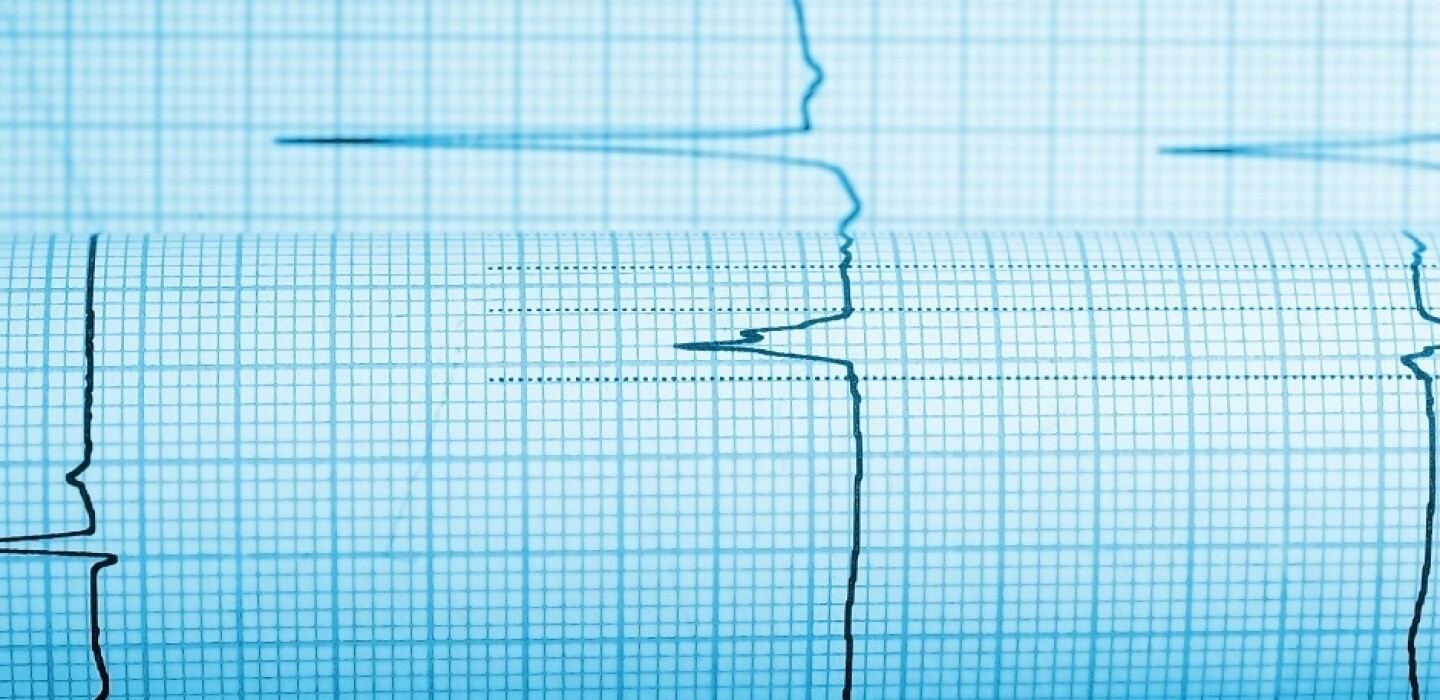
WA Earthquake Warning Buzzed Phones 7 Hours Early
(TNS) – ‘Twas the night before I.
Not a creature was stirring, not even a mouse.
But then the clock struck 3:19 a.m. , and many a phone rang
As an early MyShakeApp test went out with a bang.
If you have the MyShakeApp — a global earthquake app and California’s official earthquake early warning system — you might have received a test alert in the wee hours of the morning.
The alert buzzed the phones of some MyShakeApp users and jolted many awake at 3:19 a.m. Thursday , seven hours before an alert was planned for 10:19 a.m. as part of International ShakeOut Day.
Groggy recipients reached for their phones after hearing the MyShake app say aloud: “This is a test of the earthquake early warning system. This is only a test.”
“We acknowledge that no one wants to get a test message this early and we are working with our #ShakeAlert technical partner to determine what happened,” wrote USGS ShakeAlert on the social media platform X.
The error was likely due to “a mix up between time zones set in the test alert system,” USGS went on to explain.
The alert went out at 10:19 a.m. UTC — Coordinated Universal Time, also known as Greenwich Mean Time, seven hours before it was planned to go out at 10:19 a.m. Pacific Daylight Time .
Some users on X, like @LuthienIRL, were grateful to know the app worked, saying “at least I know it will wake me up in the event of a real impending shake,” while another user named @thebloxxer22 posted “this ended up being my alarm clock.”
It is unclear how many people received the MyShake test-warning misfire.
Nearly 57 million people worldwide will drop, cover and hold Thursday as part of International ShakeOut Day, an earthquake preparedness effort.
In Washington , 1.4 million people and counting have registered so far to drop, cover and hold in the event starting at 10:19 a.m.
The state will also test the Emergency Alert System on televisions and on the radio, as well as NOAA weather radios, the tsunami siren network, sirens in Tri-Cities and alert networks of select counties, according to the state Emergency Management Division .
According to state and federal officials, the actual shaking during an earthquake is rarely why people get hurt — most injuries occur when people try to move more than a short distance. Collapsing walls or falling objects are really the biggest risk.
For people living in a low-lying coastal area, their best choice is to immediately move inland and to higher ground in case a tsunami occurs.
If you are outdoors or driving when the shaking starts, find a clear spot or pull over in an open location, but stay in the car with your seat belt on, and then drop, cover and hold until the shaking passes.
No matter where you live, it’s a good idea to make an emergency preparedness kit. (Read more about how to do that here.)
If you’re thinking of skipping the ShakeOut, remember that earlier this month the Puget Sound area received a preview from Mother Nature with a 4.3 magnitude earthquake. Though there were no reports of significant damage, officials urge you to practice so you’re better prepared for the real thing.
And if that doesn’t have you trembling, recall that researchers in a 2005 analysis estimated that a relatively modest magnitude 6.7 quake on the Seattle Fault could kill 1,600 people, destroy nearly 10,000 buildings and cause up to $50 billion in economic losses.
Seattle Times staff reporter Esmy Jimenez contributed to this report.
___
©2023 The Seattle Times Distributed by Tribune Content Agency, LLC.


Average Rating